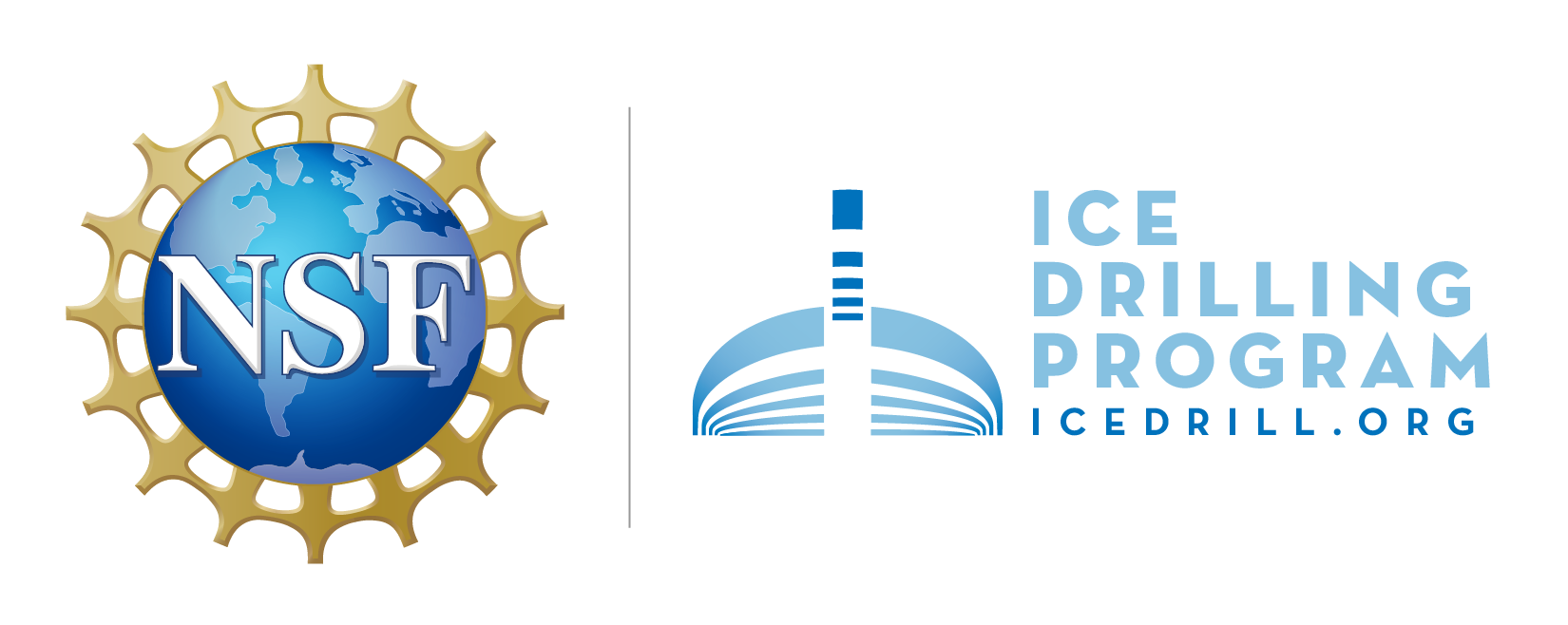Coring of Antarctic Subglacial Sediments
| Title | Coring of Antarctic Subglacial Sediments |
|---|---|
| Publication Type |
Journal Article
|
| Year |
2019
|
| Author(s) | Da Gong , Xiaopeng Fan, Yazhou Li, Bing Li, Nan Zhang, Raphael Gromig, Emma Smith, Wolf Dummann, Sophie Berger, Olaf Eisen, Jan Tell, Boris Biskaborn, Nikola Koglin, Frank Wilhelms, Benjamin Broy, Yunchen Liu, Yang Yang, Xingchen Li, An Liu, Pavel Talalay |
| Journal/ Publication |
Journal of Marine Science and Engineering
|
| Volume |
7
|
| Issue |
194
|
| Pagination |
1-38
|
| Abstract |
Coring sediments in subglacial aquatic environments offers unique opportunities for research on paleo-environments and paleo-climates because it can provide data from periods even earlier than ice cores, as well as the overlying ice histories, interactions between ice and the water system, life forms in extreme habitats, sedimentology, and stratigraphy. However, retrieving sediment cores from a subglacial environment faces more difficulties than sediment coring in oceans and lakes, resulting in low yields from the most current subglacial sediment coring methods. The coring tools should pass through a hot water-drilled access borehole, then the water column, to reach the sediment layers. The access boreholes are size-limited by the hot water drilling tools and techniques. These holes are drilled through ice up to 3000–4000 m thick, with diameters ranging from 10–60 cm, and with a refreezing closure rate of up to 6 mm/h after being drilled. Several purpose-built streamline corers have been developed to pass through access boreholes and collect the sediment core. The main coring objectives are as follows: (i) To obtain undisturbed water–sediment cores, either singly or as multi-cores and (ii) to obtain long cores with minimal stratigraphic deformation. Subglacial sediment coring methods use similar tools to those used in lake and ocean coring. These methods include the following: Gravity coring, push coring, piston coring, hammer or percussion coring, vibrocoring, and composite methods. Several core length records have been attained by different coring methods, including a 290 cm percussion core from the sub-ice-shelf seafloor, a 400 cm piston core from the sub-ice-stream, and a 170 cm gravity core from a subglacial lake. There are also several undisturbed water–sediment cores that have been obtained by gravity corers or hammer corers. Most current coring tools are deployed by winch and cable facilities on the ice surface. There are three main limitations for obtaining long sediment cores which determines coring tool development, as follows: Hot-water borehole radial size restriction, the sedimentary structure, and the coring techniques. In this paper, we provide a general view on current developments in coring tools, including the working principles, corer characteristics, operational methods, coring site locations, field conditions, coring results, and possible technical improvements. Future prospects in corer design and development are also discussed. |
| DOI |
10.3390/jmse7060194
|
| File |
jmse-07-00194-v3.pdf (12.22 MB)
|
| URL | |
| Categories | Subglacial Access, Subglacial Till/Bedrock Drilling |
| Equipment | WISSARD Hot Water Drill |
| Citation | Da Gong , Xiaopeng Fan, Yazhou Li, Bing Li, Nan Zhang, Raphael Gromig, Emma Smith, Wolf Dummann, Sophie Berger, Olaf Eisen, Jan Tell, Boris Biskaborn, Nikola Koglin, Frank Wilhelms, Benjamin Broy, Yunchen Liu, Yang Yang, Xingchen Li, An Liu, Pavel Talalay ( 2019 ) Coring of Antarctic Subglacial Sediments. Journal of Marine Science and Engineering , 7 , 194 , 1-38 . doi: 10.3390/jmse7060194 |
| Lead Author |
